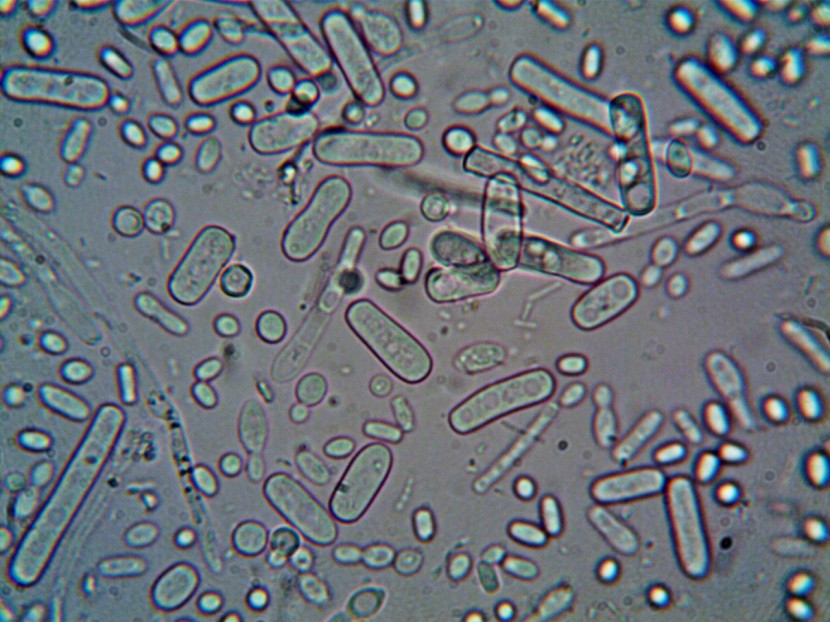
The Washington State Department of Health (WA DOH) announced on Friday, July 21, that three persons had died due to the Listeria outbreak.
The Centers for Disease Control and Prevention (CDC) says that the bacteria Listeria monocytogenes is the most prevalent source of the dangerous food-borne illness known as Listeria.
Death Toll From Listeria
Five persons over the age of 60, including the three who passed away, are known to have had severe infections from Listeria monocytogenes (listeriosis). The health department noted in its public announcement that all five had compromised immune systems, as reported by New York Post.
There were two females and three males among those affected adults. Four were located in Pierce County, while one was in neighboring Thurston County.
The Washington State's DOH, the Tacoma-Pierce County Health Department, and the Thurston County Public Health and Social Services are all looking into the outbreak.
Patients and their families will be interviewed by the WA DOH and local health agencies in Pierce and Thurston counties to assist in determining if there are any shared exposures.
According to a statement, genetic fingerprinting suggests that all the people who were infected ate the same contaminated food. Each person became sick between February 27 and June 30.
Listeria: What You Need to Know
On CDC's website, it is said that there are over 1,600 cases of listeriosis in the US each year, with about 260 fatalities.
Women who are pregnant, infants, those over the age of 65, and those with compromised immune systems are at the greatest risk. Those who are not in high-risk categories almost never show symptoms.
Fevers, muscular pains, and exhaustion are all common complaints among pregnant women. In the worst situations, the infection may result in a miscarriage, a stillbirth, a preterm delivery, or an illness that might be deadly to the infant.
Headache, stiff neck, balance issues, seizures, and disorientation are all possible symptoms in other groups of people. The onset of digestive symptoms, such as diarrhea and vomiting, may occur anywhere from 24 hours to three days after consuming tainted food.
The CDC estimates that the mortality rate from listeriosis among non-pregnant people is about 5%.
Listeria infection is established by laboratory testing of bodily fluids such as blood and spinal fluid, as well as the placenta.
The CDC and WA DOH advise persons in high-risk categories to avoid consuming potentially contaminated foods. Among them are pâté or meat spreads, cold-smoked fish, sprouts, melons, and unpasteurized milk and other raw milk products; soft cheeses; deli meats, cheeses, and salads; and cold cuts, hot dogs, lunch meats, and fermented or dry sausages.
At least one fatality and one miscarriage were attributed to Listeria widespread in November 2022, when 16 cases were identified across six states. The CDC reported that the spread of the illness was associated with deli meats and cheeses that had been thinly sliced.
© 2025 HNGN, All rights reserved. Do not reproduce without permission.








